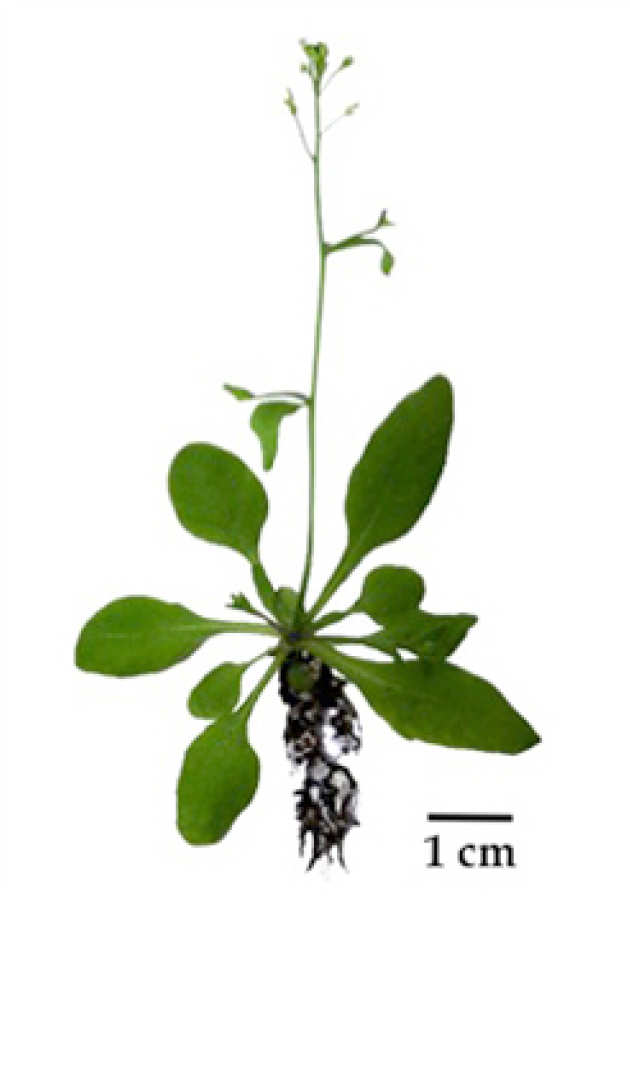The Model System
The model system
 Plants represent a fascinating and distinct realization of multi-cellular life. Interestingly, the overall structure of an adult plant is continuously modified, due to the remarkably plastic (reversible) cell fate determination that sustains the formation of new organs (roots, leaves, flowers, etc.). For this reason, plants can be ideal subjects for studying morphogenesis, as Goethe very clearly realized.
Plants represent a fascinating and distinct realization of multi-cellular life. Interestingly, the overall structure of an adult plant is continuously modified, due to the remarkably plastic (reversible) cell fate determination that sustains the formation of new organs (roots, leaves, flowers, etc.). For this reason, plants can be ideal subjects for studying morphogenesis, as Goethe very clearly realized.
The flowering plant Arabidopsis thaliana is a very popular model system for studying many aspects of plant biology in research labs around the world. A number of practical reasons sustain this choice:
- small plant, easy to cultivate in small lab space
- prolific seed production
- a relatively short interval between generations (about 6 weeks from seed to seed)
- a relatively small genome (about 125 Mb), completely sequenced
- its genome can be efficiently transformed (through Agrobacterium tumefaciens)
The Arabidopsis root is an ideal system to investigate plant organ development and morphogenesis: it has a very tractable size (typical diameter is about 100 μm), is almost completely transparent and is comprised of only few tissues organized in a simple cylindrical structure.


